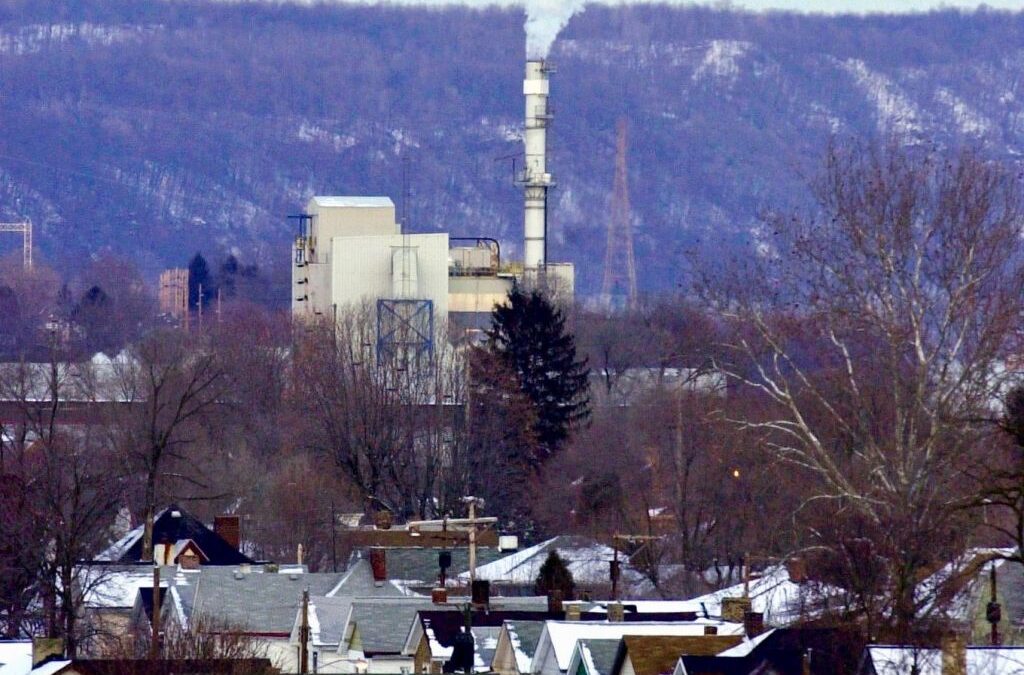 CSWAB issued formal letters today asking the WDNR to confirm whether or not drinking water wells located near known sources of significant PFAS groundwater contamination are being regularly tested and how it is managing PFAS air emissions.
CSWAB issued formal letters today asking the WDNR to confirm whether or not drinking water wells located near known sources of significant PFAS groundwater contamination are being regularly tested and how it is managing PFAS air emissions.
“As the Department is aware, the lateral and vertical extent of on-site PFAS groundwater contamination from major known source sites in Wisconsin is still largely undefined and even less is known about the true extent of off-site contamination,” CSWAB wrote to Steven Elmore, Director of the WDNR Bureau of Drinking Water and Groundwater.
“Given these and other uncertainties, we are writing to ask if all drinking water wells (private and public) within a minimum four-mile circular radius of these sites are being regularly and thoroughly tested for PFAS,” CSWAB Executive Director Laura Olah wrote. “Although we recognize that PFAS can readily migrate far beyond four miles of an uncontrolled source, we found that testing drinking water sources within a minimum 4-mile radius is consistent with PFAS site investigations in Wisconsin and elsewhere.”
Among the named sites are Volk Field Air National Guard, Fort McCoy Army Installation, General Mitchell Air National Guard base, and West Bend Air Support Facility (Army National Guard).
In second letter, also issued today, CSWAB asks WDNR Air Management officials for a status report on the current management of air emissions for PFAS – a group of highly toxic compounds that are currently unregulated under the Clean Air Act. CSWAB is particularly concerned that this lack of regulatory oversight could allow certain Wisconsin facilities to accept and thermally treat PFAS-contaminated wastes without actually destroying the PFAS.
“Incinerators and other thermal treatment units do not have sufficient temperatures (> 2,000 degrees F) and residence times (40 seconds) to destroy PFAS so these toxic compounds are released to the air to be deposited on the landscape, food crops and surface water,” Olah emphasized.
CSWAB’s concerns are echoed in a recent joint statement from more than a dozen Wisconsin-based organizations calling for the immediate implementation of safer alternatives to incinerating and burying PFAS.
“Treatment and destruction technologies for PFAS must ensure that chemicals of concern or other harmful compounds, such as newly formed persistent organic pollutants or other hazardous substances, are not released to the environment,” the groups state. “In destroying PFAS, the need/objective is irreversibly transforming chemicals in order to avoid any present and potential toxic effect.”
Exposure to certain per- and poly-fluoroalkyl substances (PFAS) may result in adverse health effects including developmental effects to fetuses during pregnancy or to breastfed infants (e.g., low birth weight, accelerated puberty, skeletal variations), cancer (e.g., testicular, kidney), liver effects (e.g., tissue damage), immune effects (e.g., antibody production and immunity), thyroid effects and other effects (e.g., cholesterol changes), according to the U.S. EPA.
The joint statement calling for alternatives to incineration and burial of PFAS was co-signed by the following: Midwest Environmental Justice Organization, Concerned Friends and Neighbors – Marinette WI, Fire Fighter Cancer Foundation, Sustain Rural Wisconsin Network, Farms Not Factories, Midwest Environmental Advocates, Physicians for Social Responsibility Wisconsin, Wisconsin Environmental Health Network (WEHN), Wisconsin Resources Protection Council, Family Farm Defenders, Headwater LLC, Casa Maria Community of Milwaukee, and CSWAB.
PFAS Wisconsin Drinking Water Monitoring Status for at Risk Wells 11 Feb 2019
PFAS Gail Good Management of PFAS Air Emissions from Treatment, Handling and Disposal in WI Feb 2019
Joint Position Statement on Treatment Disposal of PFAS Wisconsin groups 8 Feb 2019

